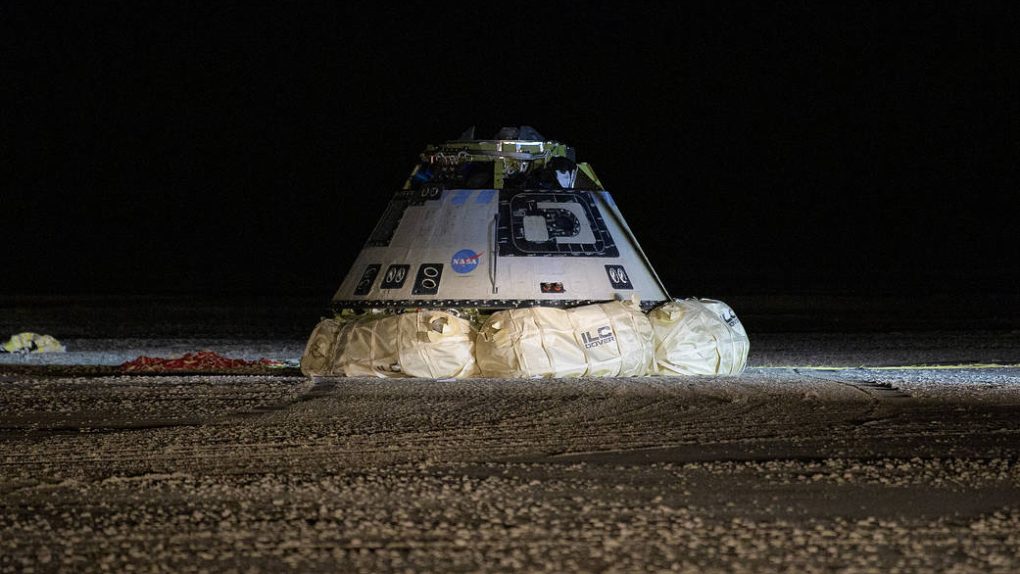Last week was supposed to mark a major milestone for NASA’s Commercial Crew program. Boeing’s much-hyped Starliner was supposed to travel to the International Space Station after launching from Florida. The capsule, which was uncrewed but included a “dummy” crew member, suffered what is being described as a glitch related to its mission timer.
The error ultimately prevented the spacecraft from completing its trip to the space station and, while NASA and Boeing are doing their best to put on happy faces and declare the mission a “success,” it was ultimately pretty disappointing. One small silver lining in all of this is that after completing a few orbits of Earth, Starliner managed to successfully land in White Sands, New Mexico, sticking a shiny bow on a largely unsatisfying trip.
As NASA and Boeing explained in a joint press conference shortly after Starliner launched last week, the spacecraft’s automated timer somehow fell out of sync with the mission itself. Based on its own internal timer, the capsule believed it was at a different stage of its mission than it actually was. This caused Starliner to burn more fuel than it was supposed to and, when the time came to execute the burn that would have sent Starliner on its way to the space station, it simply didn’t have the resources available.
It’s unclear exactly how the timer fell out of sync, but NASA and Boeing are surely eager to learn just how such a glitch could have happened. During the post-launch press conference, NASA administrator Jim Bridenstine was quick to point out the many things that went right with the mission, while also noting that if human crew members had been aboard the spacecraft, they could have corrected the error in short order and the mission to the ISS would have been salvageable.
It’s true that this Starliner test flight was successful in a number of ways, but there’s no denying that the glitch was a major disappointment for NASA. The space agency is in desperate need of a way to send its own astronauts to the ISS without buying seats on Russian rockets, and the commercial crew programs from SpaceX and Boeing have seen countless delays. This is, unfortunately, yet another setback.








